#011 The Celtic Cross
Share
Wikipedia states “The Celtic cross is a form of Christian cross featuring a nimbus or ring that emerged in Ireland and Britain in the Early Middle Ages.” Whilst this may be true, the actual origins of the Celtic cross go back much further and similar crosses are far more widespread. So what are the earliest examples of this ringed cross and what is its meaning?
Between 7500-3500 BC the areas modern Baltic States of Lithuania and Latvia became covered in forest and the inhabitants built a culture living on hunting, fishing and gathering. They also had a number of artefacts, made of bone and marked with a symbolic script that has survived to this day. These include a symbol of the Sun, a circle and the symbol of fire, a cross with arms of equal length. They also put the circle and cross together symbolising light. Further south, along the banks of the Danube in 1908, a highly sophisticated, prehistoric culture was discovered in the village of Vinča (near Belgrade, Serbia) dating back approximately 7500 years ago. The first known form of writing system was found, mainly on pottery. One of the characters used was the cross and circle. Similar crosses have been discovered in Denmark and throughout Northern Europe dated back to the Nordic Bronze Age.
This symbol has been connected with the Norse four spoked chariot wheel, representing the solar chariot that Norse god Sol uses to carry the Sun across the sky. It thus became known as the solar cross with the spokes pointing to four cardinal compass point directions. In modern Wicca, they also use the solar cross to represent the wheel of the year. To British and Irish Christians, though, the Celtic Cross represents the crucifix surrounded by the celestial sphere. This was developed by the Church Fathers, based on the belief that the Earth was surrounded by a concentric sphere on which the heavenly bodies crossed the sky, with the Earth at the centre. It was used to show that Christ’s sacrifice was for all.
Click here to see more Celtic products
